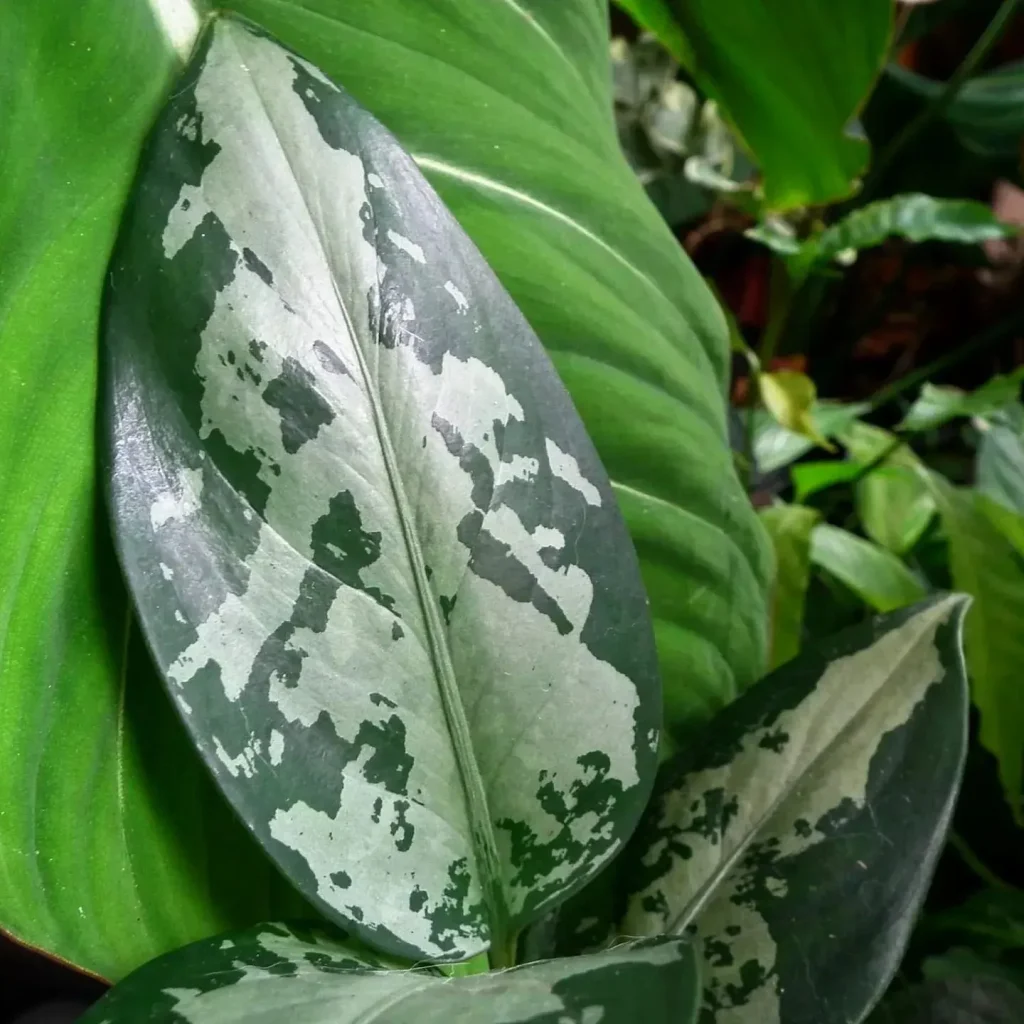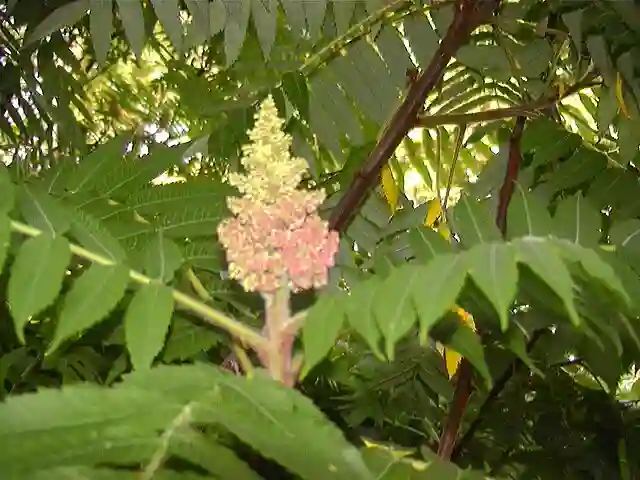Exploring the Fascinating Dichapetalaceae Family
As a plant enthusiast, I find myself drawn to the unique and lesser-known families in the botanical world. One such family that has piqued my interest is the Dichapetalaceae family. This family is home to a variety of genera, including Dichapetalum, Stephanopodium, and Tapura. Each of these genera holds its own charm and significance, making the Dichapetalaceae family a fascinating subject for exploration.
What is the Dichapetalaceae Family?
The Dichapetalaceae family is a small yet intriguing group of flowering plants primarily found in tropical regions. This family have 3 genera are Dichapetalum, Stephanopodium, and Tapura typically thrive in well-drained soils and can often be found in forests or bushy areas.
In my explorations, I’ve learned that many members of this family possess unique adaptations to their environments, often showcasing beautiful flowers and interesting foliage. These adaptations not only contribute to their aesthetic appeal but also play essential roles in their ecosystems.
Dichapetalum: A Closer Look
Among the genera in the Dichapetalaceae family, Dichapetalum stands out. This genus includes various species, many of which are native to Africa and tropical Asia. I find it fascinating how the plants in this genus exhibit a wide range of growth habits, from shrubs to small trees.
One of the most remarkable aspects of Dichapetalum is its reproductive strategy. The flowers often attract a variety of pollinators, including bees and butterflies, contributing to the biodiversity of the ecosystems they inhabit. I’ve come across several species with striking flowers that range from white to yellow, making them a visual delight in any botanical collection.
In my own garden, I’ve attempted to cultivate a species of Dichapetalum and have been pleasantly surprised by its resilience. The plant thrives in semi-shade and requires minimal maintenance, making it an excellent choice for anyone looking to add a touch of tropical flair to their garden.
Stephanopodium: Unique Traits
The Stephanopodium genus is another member of the Dichapetalaceae family that I find particularly captivating. This genus is characterized by its woody, sometimes liana-like forms, which can climb over other vegetation in their habitats. Stephanopodium species often have striking flowers that bloom in vibrant hues, adding color to their surroundings.
One of my most memorable experiences was visiting a botanical garden where I encountered a Stephanopodium species in full bloom. The sheer vibrancy of the flowers was breathtaking. What struck me even more was the peculiar fragrance that filled the air. This fragrance is not just pleasant; it plays a crucial role in attracting pollinators, ensuring the continued survival of the species.
I’ve read that many Stephanopodium species are used in traditional medicine in their native regions. This aspect piques my curiosity, as I believe it highlights the importance of conserving these plants. Their potential benefits to human health and wellness underscore the value of biodiversity.
Tapura: The Underappreciated Gem
Lastly, Tapura is a genus within the Dichapetalaceae family that often flies under the radar. This genus includes species that are primarily found in the tropical rainforests of South America. I’ve always been intrigued by the unique forms and adaptations of Tapura species. Many have thick, leathery leaves that help them withstand the humid conditions of their environments.
One of the most interesting facts I’ve learned about Tapura is its relationship with certain fungi. These plants often engage in symbiotic relationships with mycorrhizal fungi, which enhance their nutrient uptake from the soil. This partnership is essential for their survival in nutrient-poor environments.
In my gardening adventures, I’ve tried to replicate the conditions that Tapura thrives in, focusing on providing ample humidity and organic matter in the soil. While I haven’t yet succeeded in cultivating this genus, the challenge only fuels my desire to learn more about its specific needs.
Conservation and Future Prospects
As I delve deeper into the Dichapetalaceae family, I can’t help but think about the conservation challenges these plants face. Many species within this family are threatened by habitat loss and climate change. It’s crucial for plant enthusiasts and conservationists alike to work towards preserving these unique plants.
I believe that raising awareness about the Dichapetalaceae family can inspire others to appreciate and protect these fascinating genera. From the adaptable Dichapetalum to the fragrant Stephanopodium and the resilient Tapura, each genus offers valuable insights into the intricate web of life.
Conclusion
In conclusion, my journey through the Dichapetalaceae family has opened my eyes to the beauty and complexity of these plants. Each genus—Dichapetalum, Stephanopodium, and Tapura—has its unique traits that contribute to the richness of our planet’s biodiversity. As I continue to explore and learn, I hope to inspire others to appreciate and conserve these remarkable plants for future generations.
If i die, water my plants!



